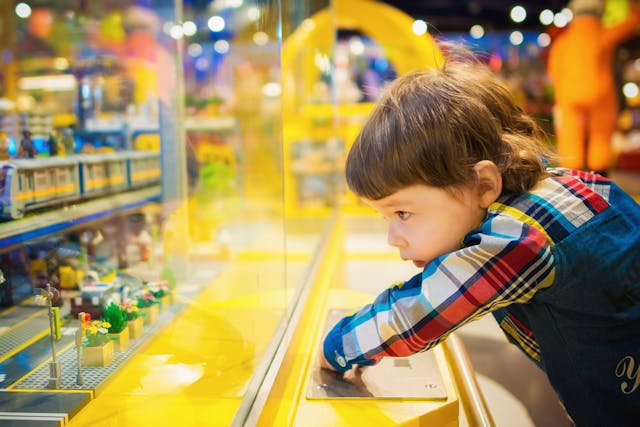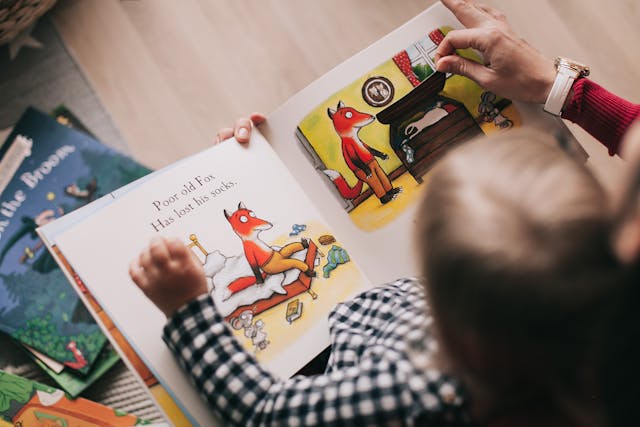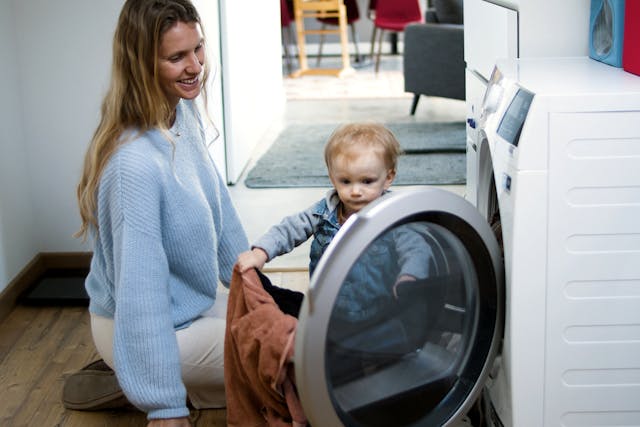Many stay-at-home moms report feeling guilty because they don’t work outside the home or contribute much financially. According to Medical News Today, some homemakers even develop symptoms of depression, such as low self-esteem, sadness, and insomnia. Society often doesn’t recognize the immense contributions of stay-at-home mothers or the mental toll that caregiving can take. Below we’ll explore the value of homemaking to help highlight the important role of mothers.
Valuing the Contributions of Stay-at-Home Moms
Financial Value of Caregiving

Stay-at-home mothers perform many duties for their families, including cooking, cleaning, raising the children, and driving everyone around. Plus, many moms homeschool their kids or tutor them to improve their school performance. They also serve a crucial role as a household manager, arranging appointments and keeping everything running.
Studies have shown that if you tried to assign a dollar value to this labor, it would be worth $140,315 per year. That’s far more than the median household income of $80,610, underscoring the incredible work stay-at-home moms contribute to their families completely unpaid.
To replace the labor of their wives, husbands would need a cook or meal delivery service, a full-time nanny, a personal assistant, a housekeeper, and more. Most families don’t have the financial resources to hire out all of this labor, which demonstrates the immense value of the services stay-at-home mothers provide.
Society Values Stay-at-Home Moms

Although many stay-at-home moms feel like they aren’t valued by society, polls indicate that people appreciate the work they do. According to NPR, 31% of survey respondents said that society values the labor women perform at home more than their contributions at work. Only 20% said that women’s contributions at work are more important than homemaking.
The holidays dedicated to celebrating mothers also highlight society’s appreciation of women’s contributions. Mother’s Day, International Women’s Day, and Women’s History Month all aim to shed light on the social achievements of women, including their crucial roles as mothers and caretakers.
Benefits for Children

Stay-at-home moms are able to provide a nurturing, stable, and emotionally supportive environment for their kids. In the first years of life, children benefit from having a consistent primary caregiver to meet their needs. The positive early experiences stay-at-home moms provide may help boost their children’s brain development and reduce their stress levels so they can focus on learning.
As their kids grow, stay-at-home moms are able to create family rituals that support their children’s mental and physical health, such as consistent mealtimes. Families with two working parents often eat fewer healthy meals together, opting for quick fixes like fast food.
According to the APA, children’s health and well-being can actually be compromised when families miss dinner and spend less time together. Sitting down at the table as a family can reduce symptoms of anxiety and respiratory conditions in children. This family time also improves children’s emotional connection with their parents and siblings and boosts their nutrition.
More Women Are Becoming Stay-at-Home Moms

If you’re a stay-at-home mom, you’re in good company. More and more women are making the decision to step away from their careers and support their family at home. The percentage of stay-at-home mothers nearly doubled from 2022 to 2023 due to changing priorities. Many women are reevaluating their work-life balance and realizing that staying at home is a better fit for their family.
Hopefully this demographic shift will help change the narrative about caregiving and make homemakers feel more appreciated. Organizations like the Chamber of Mothers are working to increase representation for moms and ensure they have a voice.
If you’re a stay-at-home mom, what could society or your family do to make you feel more valued? Share your thoughts in the comments.
Read More:
Raising A Child On A Budget: How To Save Money And Be A Happy Family
Meal Planning For A Family On A Budget

Vicky Monroe is a freelance personal finance writer who enjoys learning about and discussing the psychology of money. In her free time, she loves to cook and tackle DIY projects.





























